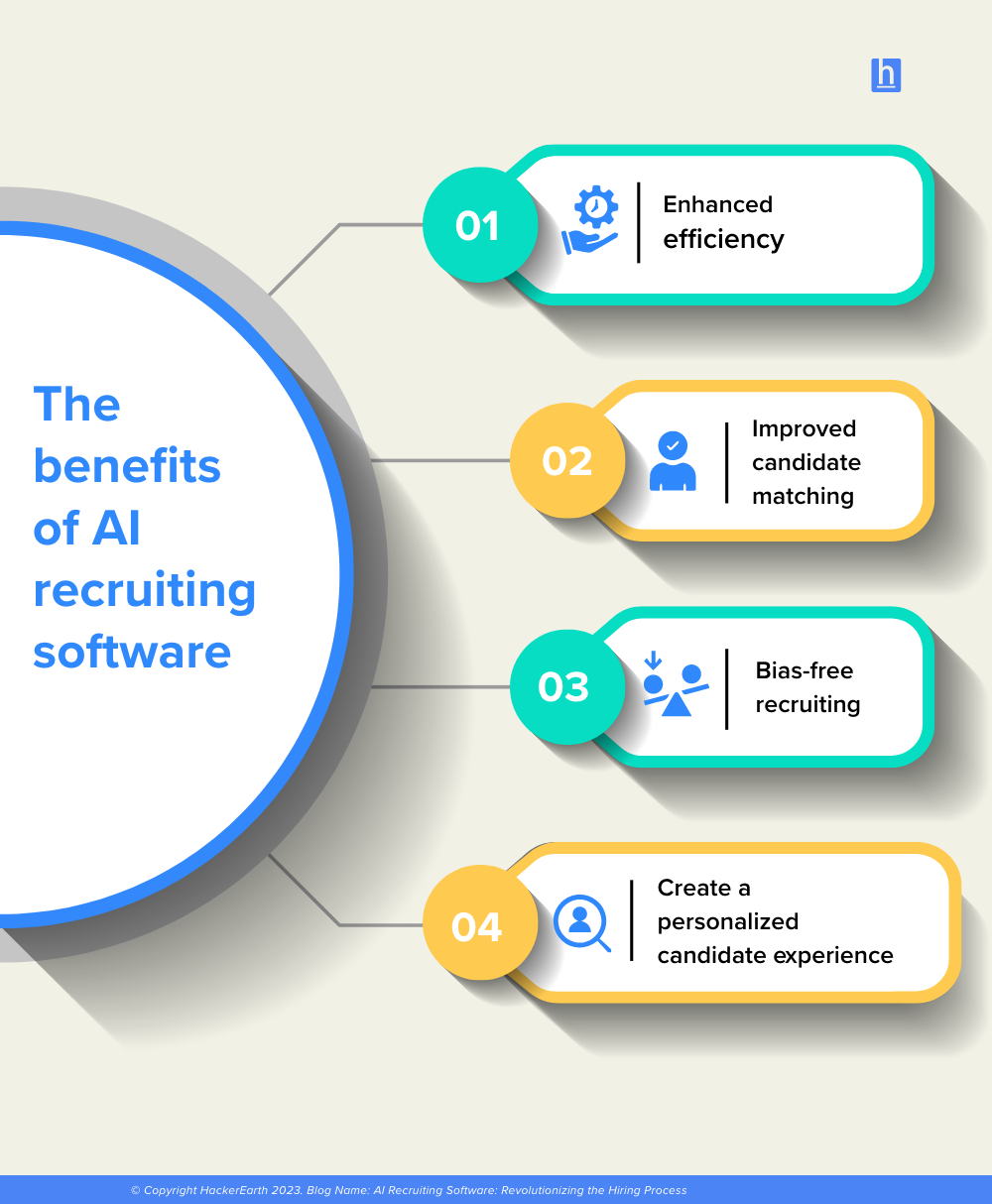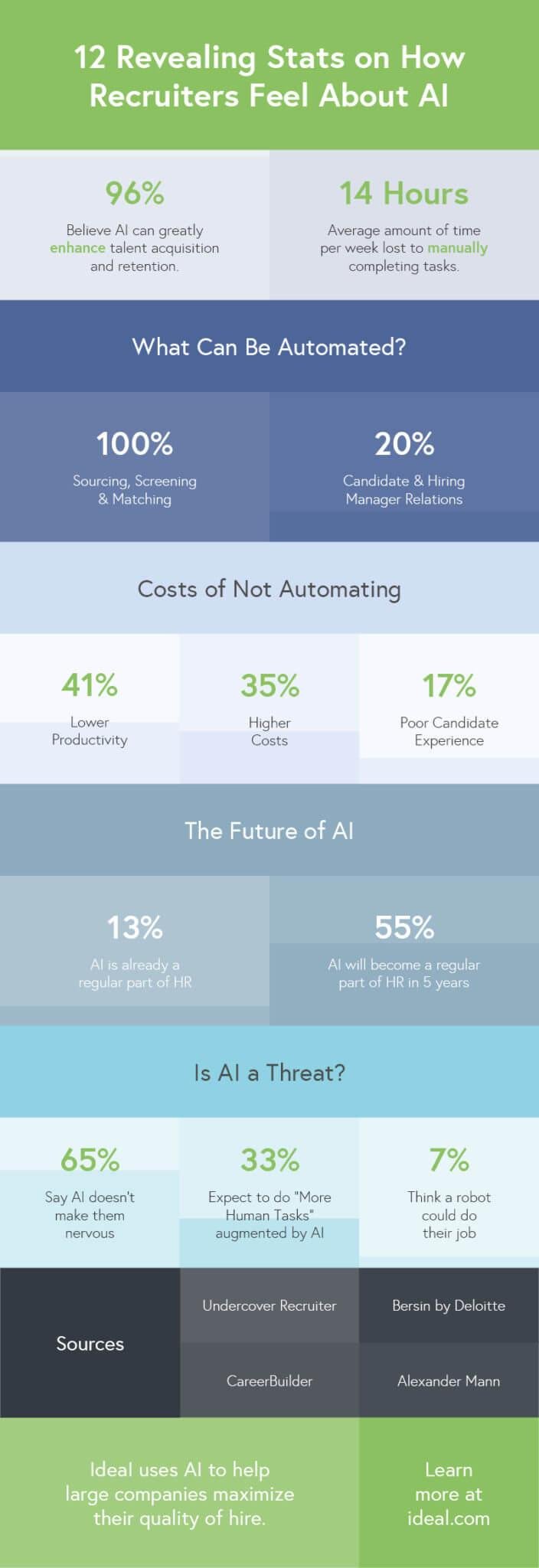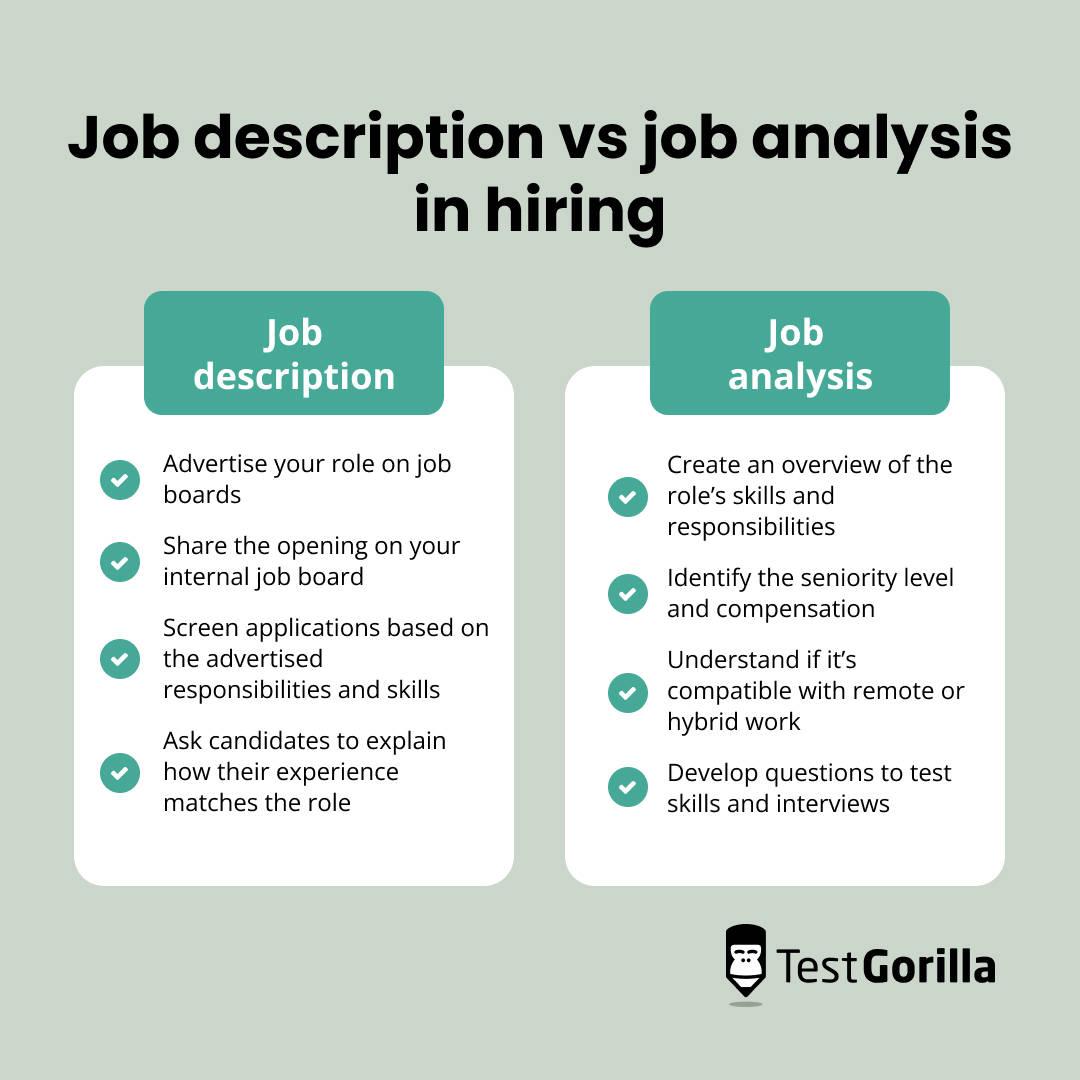As economic challenges mount globally, the advertising industry is witnessing an unsettling shift: sustainability, once hailed as a cornerstone of modern marketing, is gradually slipping down the priority list.
This shift is particularly concerning as we step into an era where businesses are grappling with the dual pressure of cutting costs while maintaining their corporate responsibility toward a greener future.
The numbers don't lie: according to the 2025 European Marketers Survey by FreeWheel, only 59% of marketers now consider sustainable advertising important to their business, compared to a much higher 77% in 2020.
What's causing this drop, and more importantly, how can the industry strike a balance between cost-saving imperatives and environmental commitments?
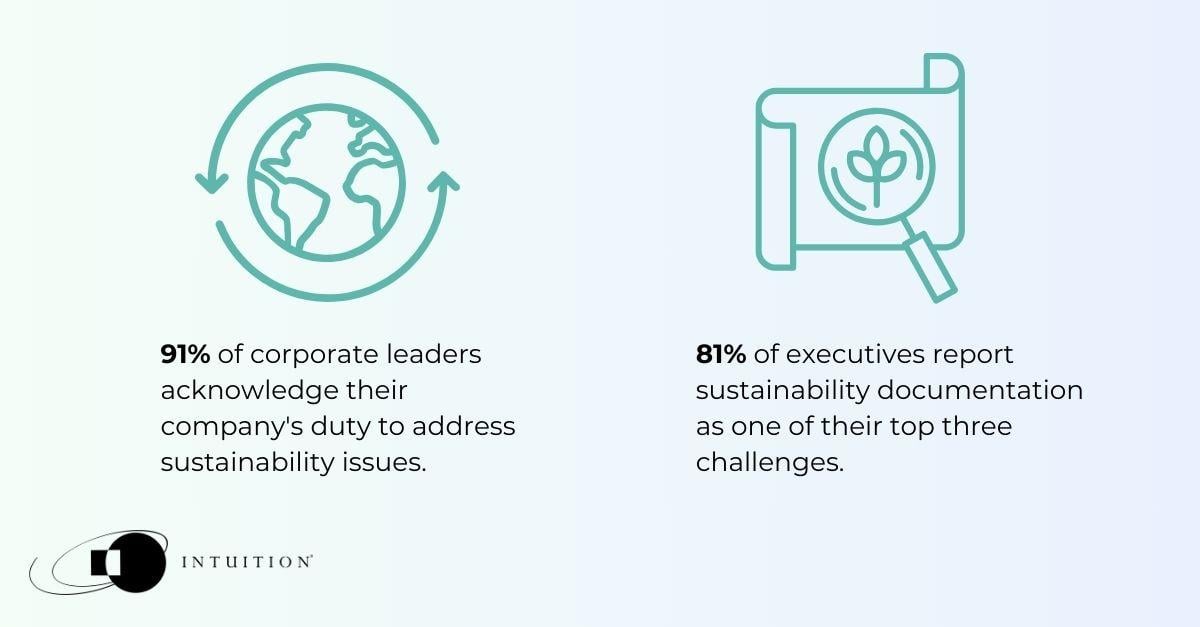
Source: intuition.com
Key Disparities in Sustainable Advertising
The FreeWheel report offers a nuanced view of how sustainability priorities vary across industries. Notably, the Media & Entertainment, Travel & Tourism, and FMCG (Fast-Moving Consumer Goods) sectors are leading the charge, with 73%, 73%, and 70% of marketers in these sectors still prioritizing sustainability. These sectors are also more optimistic about increasing their marketing budgets, allowing for greater flexibility to invest in greener campaigns.
However, despite these bright spots, a significant challenge persists: 60% of marketers still aren't tracking the carbon cost of their digital ad campaigns.
This highlights a glaring gap between intentions and actionable practices. While marketers in certain industries are taking steps toward sustainability, the broader picture suggests a reluctance or inability to fully embrace sustainable practices due to economic pressures.
Efficiency-Focused Innovation:
Despite these challenges, one promising trend emerges: marketers are increasingly focusing on efficiency-focused innovation as a means of reconciling sustainability with economic constraints. One such strategy gaining traction is Supply Path Optimization (SPO).
By minimizing intermediaries in the ad delivery process, SPO helps cut not only costs but also carbon footprints.
This dual benefit is particularly appealing in a financially strained environment, where marketers are under pressure to maximize ROI while adhering to corporate social responsibility (CSR) goals. Additionally, the survey revealed that 85% of marketers remain optimistic about achieving net-zero emissions within the next decade.
While ambitious, this optimism reflects the industry's recognition of the need for long-term commitment to sustainability, even if short-term pressures are shifting priorities.
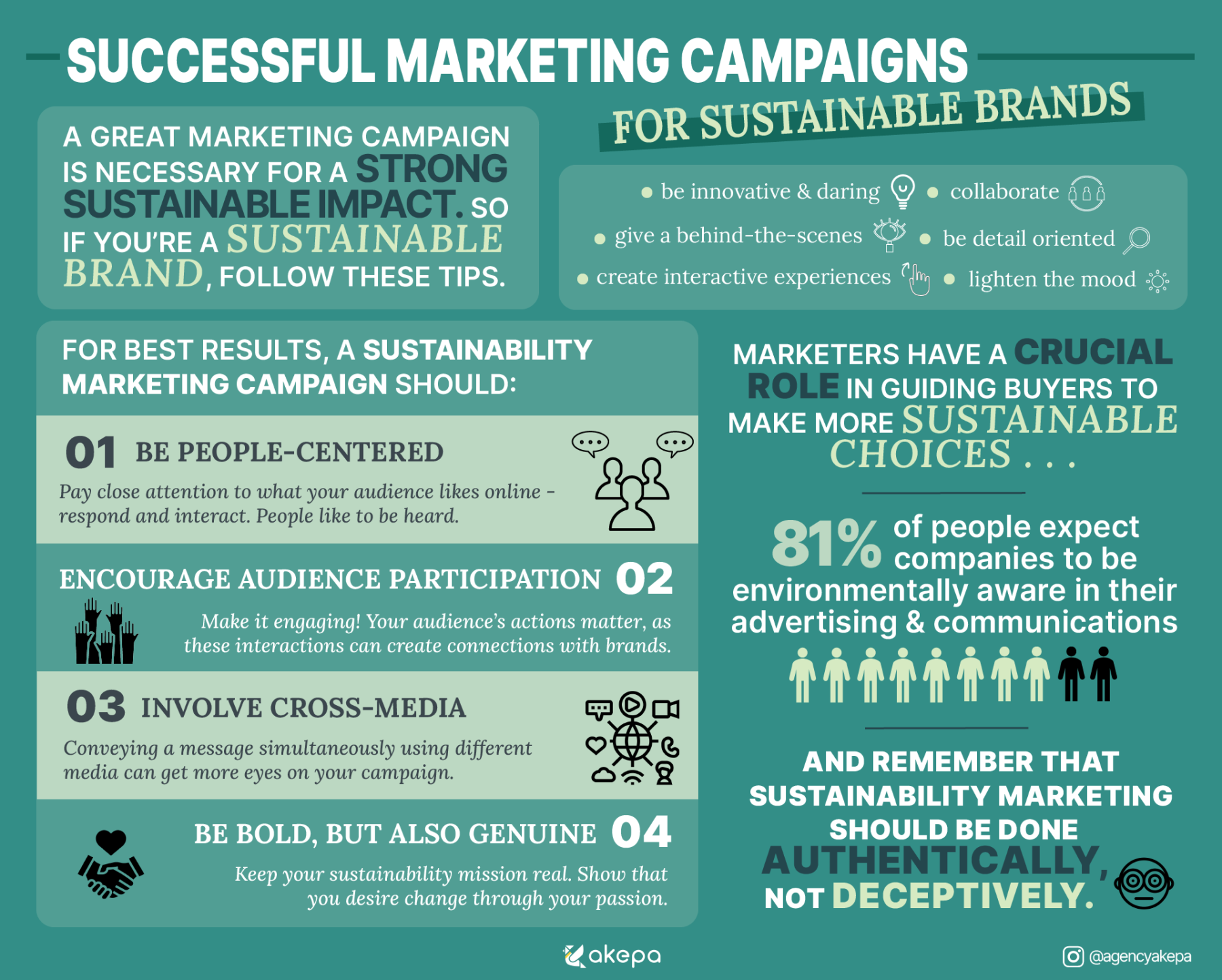
Souce: thesustainableagency.com
The Evolution of Sustainability in Advertising
At first glance, the decline in marketers prioritizing sustainability might seem like a setback. However, a closer look suggests that sustainability isn't disappearing-it's evolving. Instead of ambitious, broad-stroke commitments, businesses are leaning toward more pragmatic, cost-conscious approaches to sustainability. For example:
Smarter Campaigns:
By using data-driven insights, marketers can target audiences more efficiently, reducing wasted impressions and unnecessary emissions from over-delivering ads.
Green Tech Adoption:
Investing in ad delivery technologies powered by renewable energy sources or offsetting emissions generated by digital campaigns.
Collaborative Initiatives:
Partnering with sustainable vendors and platforms to ensure campaigns align with eco-friendly standards.
This shift indicates that while sustainability may not hold the same front-and-center status it did a few years ago, it is being embedded more subtly and systematically into marketing practices. This evolution could ultimately lead to a more sustainable advertising ecosystem.
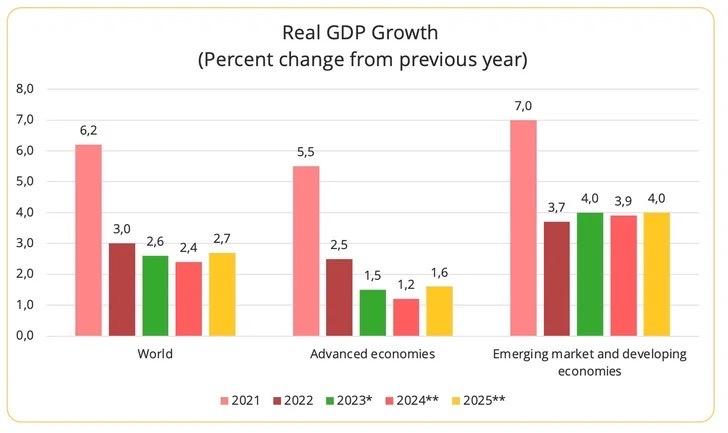
Source: euromonitor.com
Economic Pressures:
So, why are so many marketers deprioritizing sustainability? The answer lies in the economic landscape. Rising inflation, supply chain disruptions, and geopolitical uncertainties are forcing businesses to tighten their budgets.
For many companies, sustainability initiatives-which often require upfront investment-are viewed as a luxury rather than a necessity when survival is at stake.
This trade-off is particularly evident among smaller businesses and startups, which may lack the financial resources to adopt green practices without compromising their immediate operational needs.
Larger corporations, while better equipped to handle economic pressures, are also facing scrutiny from shareholders and stakeholders demanding quick returns.
The Road Ahead: Challenges and Opportunities
The big question for the advertising industry is: Can sustainability and economic imperatives coexist? The answer isn't straightforward, but there are clear opportunities for businesses willing to innovate:
1. Embracing Transparency
Tracking the carbon cost of digital campaigns is a crucial step that the majority of marketers are still neglecting. Transparency in reporting emissions and sustainability efforts not only builds trust but also encourages accountability within the industry.
2. Prioritizing Collaboration
Brands, agencies, and platforms need to work together to create scalable, cost-effective solutions for greener advertising. Collaborative efforts can pool resources, reduce costs, and accelerate the adoption of sustainable practices across the board.
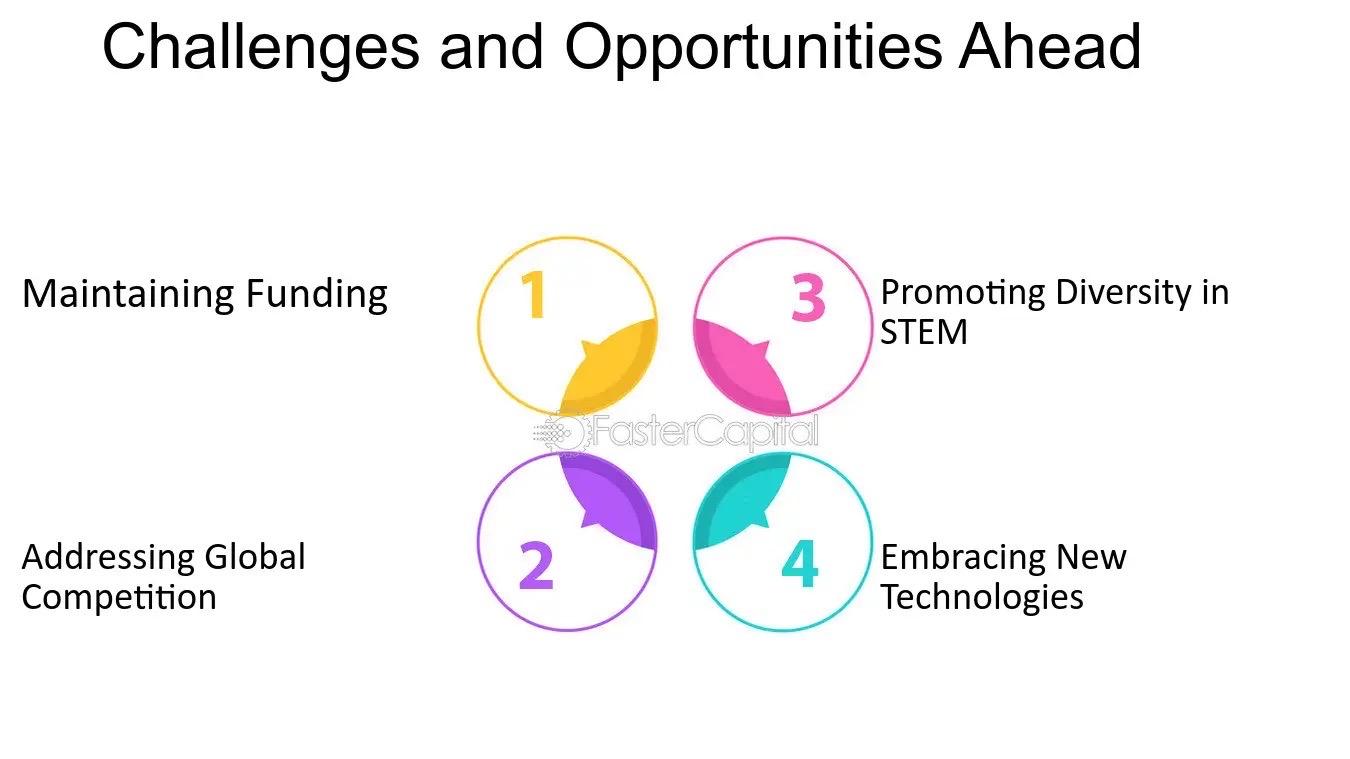
Source: fastercapital.com
3. Consumer Demand as a Driver
While businesses may feel significant economic pressures, it's crucial to recognize that consumers are placing an increasing emphasis on sustainability. A 2023 Nielsen report revealed that 80% of consumers are more likely to make purchases from brands that are actively committed to environmental causes.
This growing demand for sustainable practices is not just a passing trend-it reflects a deeper shift in consumer values, with many now seeking out brands that align with their eco-conscious priorities.
For businesses, this presents a valuable opportunity to differentiate themselves in a crowded market by maintaining sustainability as a core value, ultimately building stronger customer loyalty and potentially improving long-term profitability.
4. Leveraging Government and Industry Support
Governments and industry bodies have a critical role to play in encouraging businesses to adopt sustainable advertising practices by offering various forms of support, such as incentives, grants, or tax breaks.
These financial incentives can significantly reduce the burden on companies trying to implement eco-friendly strategies in their advertising efforts.
By providing these types of support, governments can help businesses navigate the initial costs associated with transitioning to more sustainable practices, making it easier for them to stay competitive while prioritizing environmental responsibility.
Advocacy for such policies can further alleviate the financial strain on marketers, ensuring that sustainability becomes an integral part of advertising strategies across industries, without compromising financial stability. This collective effort can drive the shift toward a greener advertising ecosystem and promote long-term sustainability.
Finding Balance in 2025 and Beyond
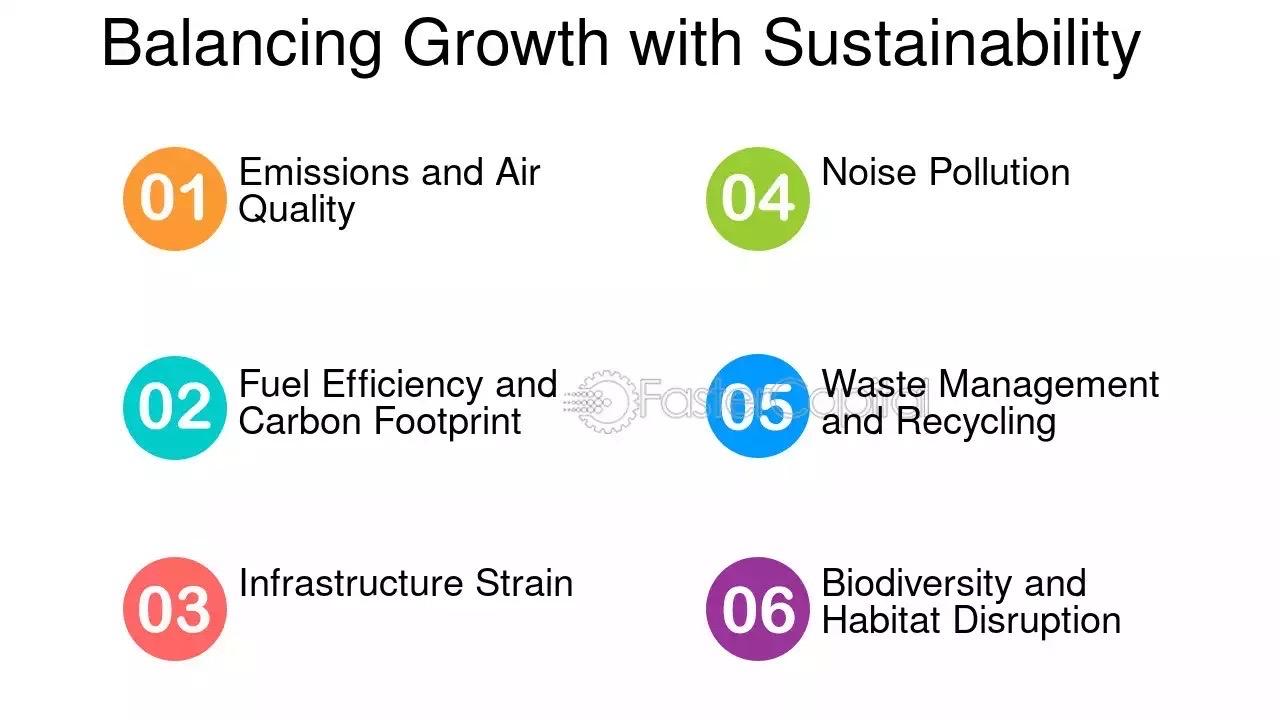
Source: fastercapital.com
The challenge for marketers moving forward will be finding the delicate balance between sustainability and economic pressures. While budgets may tighten, greener campaigns are not only feasible but also necessary to meet evolving consumer expectations and environmental responsibilities.
As industry professionals, we need to rethink sustainability as an integrated, cost-efficient element of advertising rather than an add-on. By embracing efficiency-focused innovation, transparent practices, and collaborative efforts, we can maintain momentum for sustainability even during economic turbulence.
Prosperity
If you are seeking a job in digital or need assistance with your recruitment efforts, check out our website! https://www.prosperity.ie/
If you want to know more about the recruitment process at Prosperity get in touch!
Moreover, if you are looking for guidance on salaries, download our 2025 Salary Survey!


